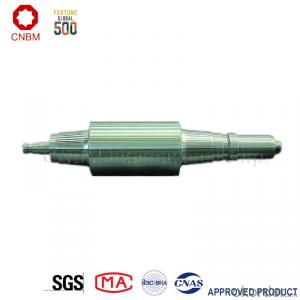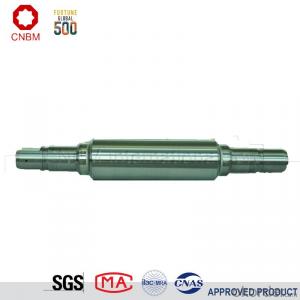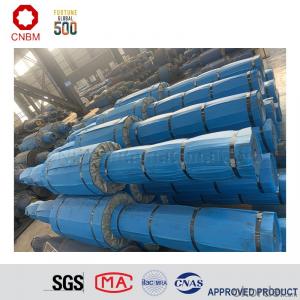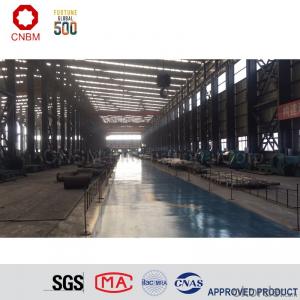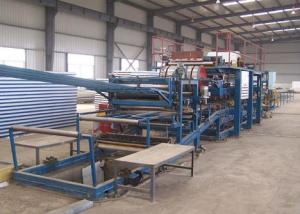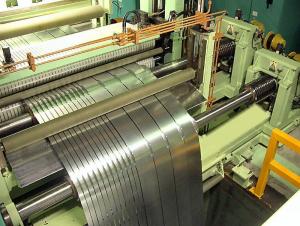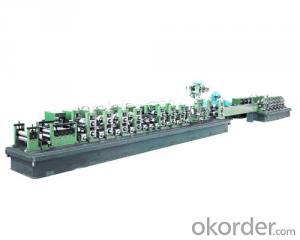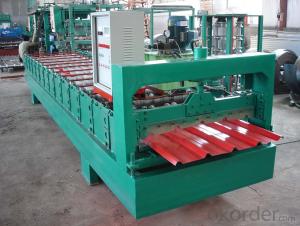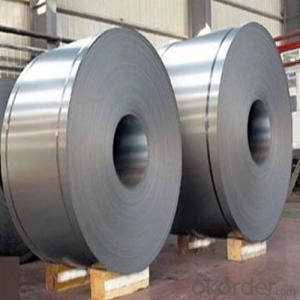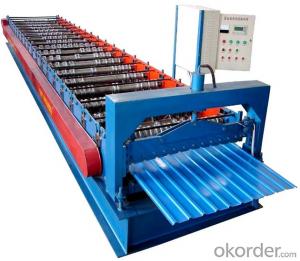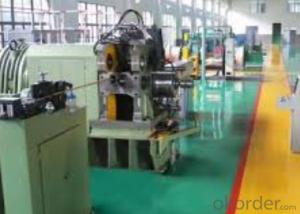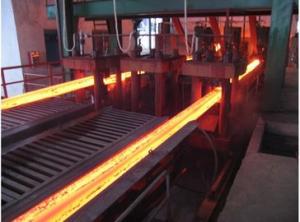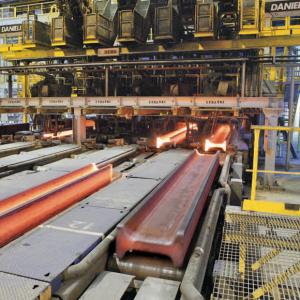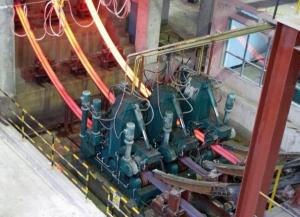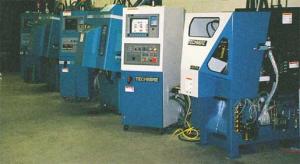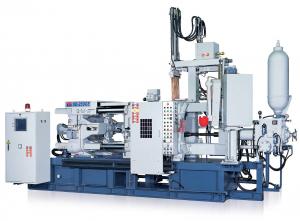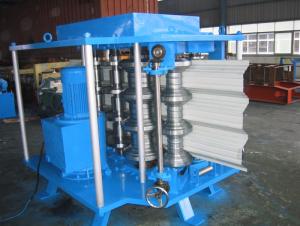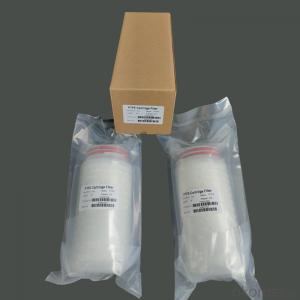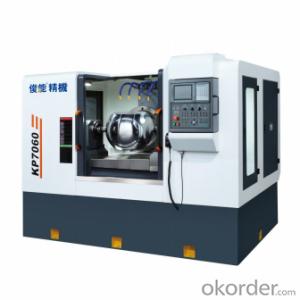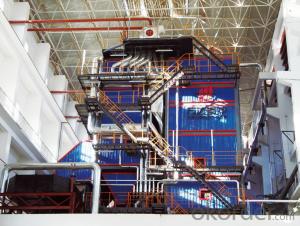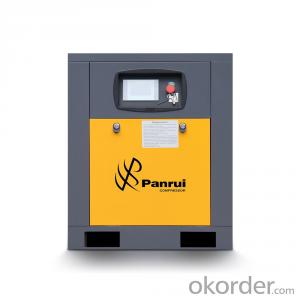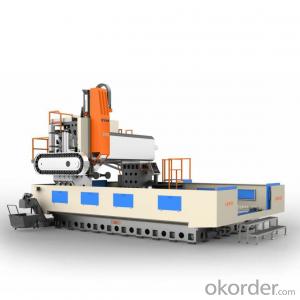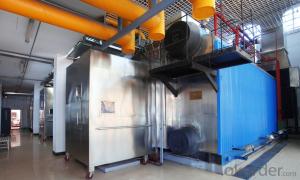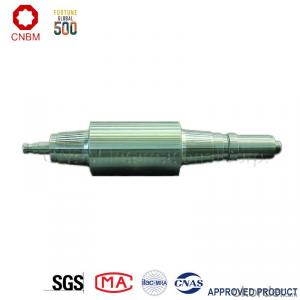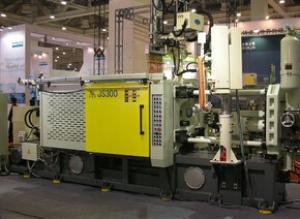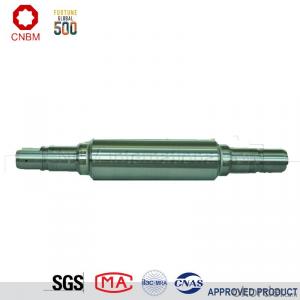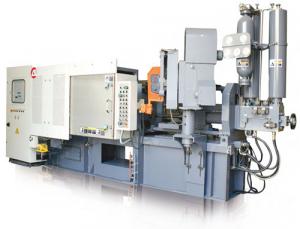Section Steel Roll From China With High Quality
- Loading Port:
- Tianjin
- Payment Terms:
- TT OR LC
- Min Order Qty:
- 2 m.t.
- Supply Capability:
- 41000 m.t./month
- Option:
- 650X1780X5540; 650X1780X5540; 680X2080X5920
OKorder Service Pledge
OKorder Financial Service
You Might Also Like
Item specifice
Company Profile
CNBM International Corporation (CNBM International) is the most important trading platform of CNBM Group Corporation, a state-owned company under the direct supervision of State-owned Assets Supervision and Administration Commission of the State Council.
CNBM Group is integrated with four business segments: Manufacture, R&D,Sets of equipment and Logistics trading.Mill rolls are our main products.
CNBM International is highly recognized by its business partners and clients all over the world and has established good business relationship with the customers in over 120 countries and regions all over the world.
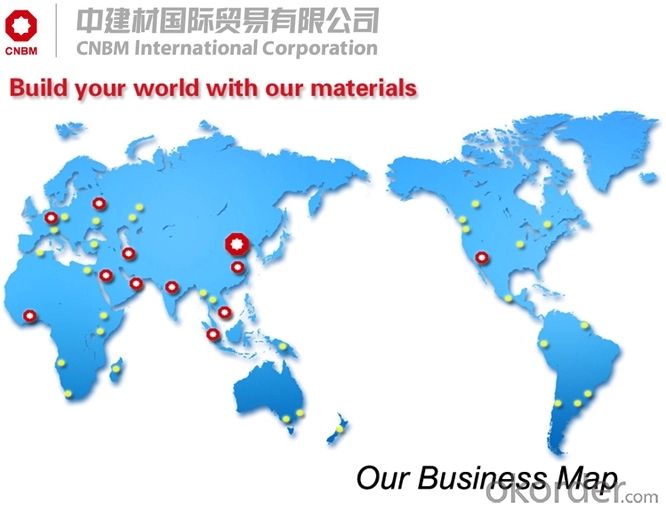
The product introduction of mill roll
Equipped with advanced technological facilities on melting, casting, forging, heat treating and mechanical machining, our factory has formed 9 professional complete roll manufacturing lines of cast steel, cast iron and forged steel rolls such as strip mill rolls, heavy section mill rolls, wire & bar rolls, special shaped rolls and small-sized cold rolls and specialized production lines of bloom and slab CCM, coke oven equipments and wind power products. Annual production capacity of mill rolls is 500,000 tons, metallurgical equipment is 80,000 tons.

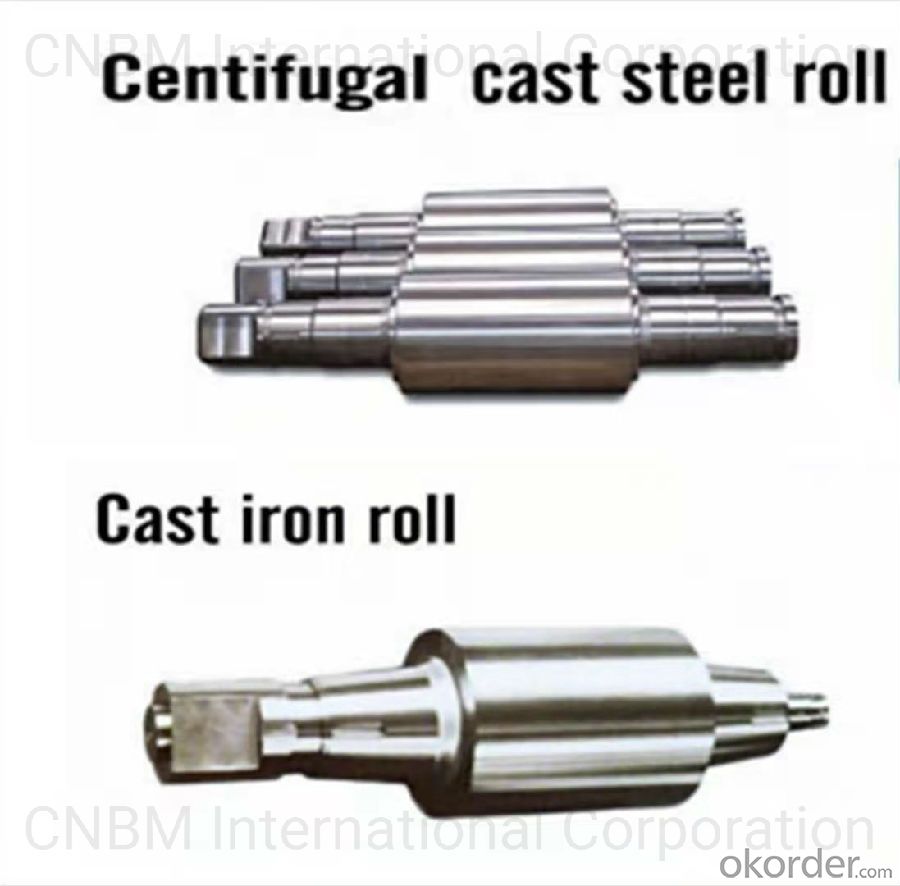
Workshop
Workshop is the core of our company and undertakes all of scientific research work. The company specially produces and supplies all kinds of roll used for hot strip mill, cold strip mill, plate & heavy plate mill, large-sized section mill, universal mill etc.

Products & Specification
| Mill | Application | Material | Product Specification | ||
| Hot Strip Mill | Large-sized vertical roll | Special alloy cast roll, Adamite | All Sizes | ||
| Small-sized vertical roll | Adamite, HiCr iron | ||||
| Roughing work roll | Special alloy cast steel, Adamite, HiCr steel, Semi-HSS, HiCr iron | ||||
| Finish rolling | Early stand work roll | HiCr iron, HSS | |||
| Later stand work roll | ICDP, HSS | ||||
| Finishing back-up roll | Duplex cast steel | D≤¢2000,W≤80t | |||
| Alloy forged steel | D≤¢2000,W≤75t | ||||
| Temper rolling | Work roll | HiCr iron | All Sizes | ||
| Alloy forged steel | |||||
| Back-up roll | ICDP | ||||
| Duplex cast steel | D≤¢2000, W≤80t | ||||
| Alloy forged steel | D≤¢2000, W≤75t | ||||
| Mill | Application | Material | Product specification |
Cold strip mill & Single stand cold mill | Work roll | Alloy forged steel | All Sizes |
| Intermediate roll | Alloy forged steel | ||
| Temper roll | Alloy forged steel | ||
| Back-up roll | Duplex cast steel | D≤¢2000,W≤80t | |
| Alloy forged steel | D≤¢2000,W≤75t | ||
Largesized universal structural mill | Break-down roll | Special alloy cast steel, alloy nodular iron | All Sizes |
| Horizontal collar | High carbon adamite (duplex) | ||
| Vertical collar | High carbon adamite, HiCr iron | ||
| Edger roll Edger roll | High carbon adamite | ||
| Shaft | Alloy forged steel |
| Mill | Application | Marterial | Product Specification | |
| CSP | Vertical Roll | Adamite, Special alloy cast steel, HiCr iron | All Sizes | |
| Roughing work roll | Semi-HSS, HiCr Steel | |||
| Finish rolling | Early stand | HiCr iron, HSS | ||
| Later stand | ICDP, HSS | |||
| Roughing & Finishing back-up roll | Duplex cast steel | D≤¢2000,W≤80t | ||
| Alloy forged steel | D≤¢2000,W≤75t | |||
| Steckel Mill | Vertical roll | Adamite, Special alloy cast steel | All Sizes | |
| Roughing work roll | ICDP, HiCr iron | |||
| Finishing work roll | HiCr iron, ICDP | |||
| Back-up roll | Duplex cast steel | D≤¢2000,W≤80t | ||
| Alloy forged steel | D≤¢2000,W≤75t | |||
| Plate & Heavy plate mill | Rough rolling | 2-hi work roll | Special alloy cast steel, Tool steel | All Sizes |
| 4-hi work roll | HiCr iron, ICDP | |||
| Finishing work roll | HiCr iron, ICDP | |||
| Single stand work roll | HiCr iron, ICDP | |||
| Back-up roll | Duplex cast steel | D≤¢2000,W≤80t | ||
| Alloy forged steel | D≤¢2000,W≤75t | |||
Quality Control
The company has the most advanced experimental and testing equipments in global mill roll industry, including direct-reading spectrometer, spectrum analyzer , X-ray fluorescence analyzer, scanning electronic microscope, energy disperse spectroscopy, X-ray diffractometer, image analyzer, high/low temperature metallographic microscope, X-ray stress meter, brittleness temperature tester, thermal analogue machine, dilatometer, macro and micro hardness tester, OMNISCAM-1X automatic flaw detection, USN60 ultrasonic flaw detector, magnetic powder and non-destructive flaw detection etc,. The advanced inspection equipments and experimental methods provide guarantee for quality control and experiment on material, usability test and performance.
The factories of CNBM invested 2.3 billion RMB for large-scale
CNBM international Corporation has completed equipment and technology upgrade transformation, which was concentrated on three projects, production line of centrifugal casting rolls for hot strip and plate mill, forged roll for cold/hot strip mill, national class technology center and roll material lab. Through upgrade transformation, the following targets have been achideved:
(1)It becomes the world's biggest specialized mill roll maker with the largest production scale, the most complete specifications of products and the most extensive coverage of various rolls used on rolling mill.
(2) The technology of equipments has reached international leading level.
(3) "Mechanization, automation, intellectualization, digitization" of equipments obviously improve the quality control ability.
(4) New types of research instruments improve the R&D capacity of products.
Customers Visit
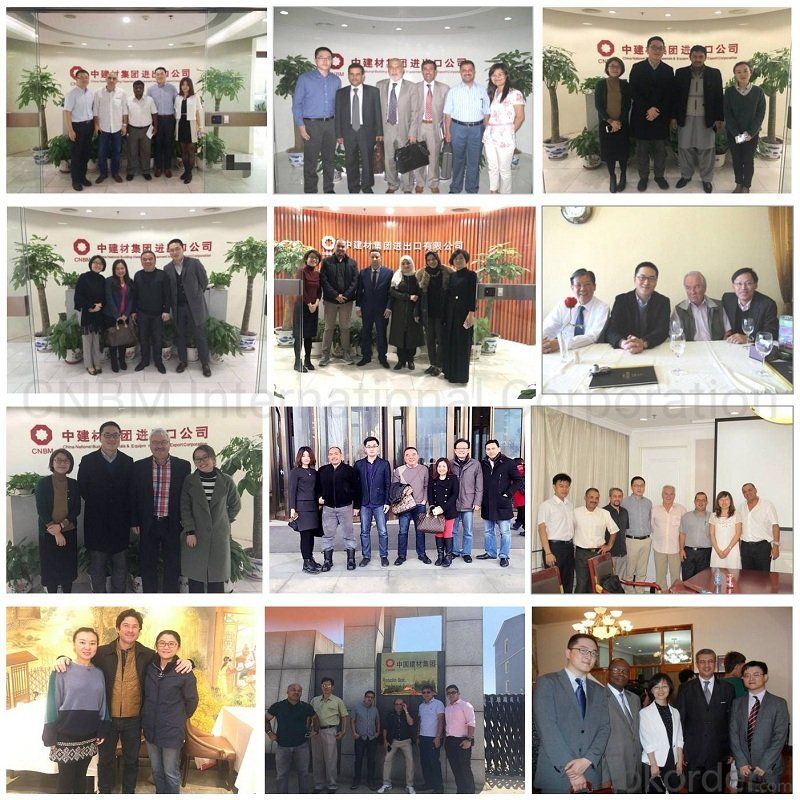
FAQ
Q:Are you a trading company or manufacturer?
A:CNBM is a large-scale central governmental industrial group with its own manufacturing sector, research and development sector, trading sector and logistics sector.
Q:I have some special requirement about specifications.
A:We have a well-rounded product range, which endows us with the capability of applying many special specifications. Please feel free to contact us with yours.
Q:Do you accept OEM service?
A:Yes, we do.
Q:What is your delivery time?
A:It depends on the size/complexity of your order and our own production schedule. Usually we provide a faster delivery than the industry's average.
Q:What is the payment term?
A:Our payment terms are negotiable.
Q:Can I have my own logo on the product?
A:Sure, we can apply your own logo on the products according to your requirement.
- Q:How does metal casting machinery prevent defects in the castings?
- Metal casting machinery employs various methods and technologies to prevent defects in castings. Here are several ways it accomplishes this goal: 1. Accurate mold design and preparation: Metal casting machinery guarantees the precise design and preparation of molds used in casting. This involves selecting suitable mold materials, implementing proper gating systems, and arranging vents to facilitate smooth and uniform metal flow into the mold cavity. These measures prevent defects like misruns or incomplete fillings. 2. Maintaining consistent pouring temperature and rate: Metal casting machinery ensures a consistent pouring temperature and rate, essential for achieving uniform solidification and minimizing defects like shrinkage or porosity. By controlling temperature precisely and pouring at controlled speeds, the molten metal can fully and evenly fill the mold cavity. 3. Implementation of automated process control: State-of-the-art metal casting machinery is equipped with advanced process control systems that monitor and regulate various parameters during casting. These systems detect any deviations in temperature, pressure, or other variables and make real-time adjustments as necessary. As a result, defects such as cold shuts, hot spots, or uneven cooling can be prevented. 4. Incorporation of quality control measures: Metal casting machinery incorporates quality control measures such as real-time monitoring, inspections, and testing of castings. Automated systems can identify defects like cracks, voids, or dimensional inaccuracies during or after the casting process. This allows for immediate corrective actions or rejection of defective castings, ensuring the production of only high-quality parts. 5. Utilization of advanced casting techniques: Metal casting machinery employs advanced casting techniques like vacuum casting, die casting, or centrifugal casting, depending on specific requirements. These techniques minimize defects by reducing gas entrapment, improving surface finish, enhancing dimensional accuracy, and achieving overall better casting quality. In summary, metal casting machinery assumes a critical role in preventing defects in castings by ensuring optimal mold design, controlled pouring, precise process control, quality inspections, and the use of advanced casting techniques. This results in high-quality castings that meet desired specifications and performance requirements.
- Q:How is the dimensional accuracy of the casting ensured in metal casting machinery?
- Dimensional accuracy in metal casting machinery is achieved through a series of steps and techniques. Firstly, the design and engineering of the casting mold play a crucial role. Careful consideration must be given to factors such as shrinkage, which can affect the final dimensions. Computer-aided design (CAD) and simulation software are often utilized to optimize mold design and anticipate any potential issues. Secondly, the preparation and condition of the molding materials are vital. The consistency, moisture content, and compaction of the molding sand or other materials must be correct to ensure accurate reproduction of the mold cavity. Any inconsistencies or defects in the mold material can result in dimensional inaccuracies. Thirdly, proper maintenance and calibration of the metal casting machinery are essential. Regular inspections and checks are necessary to ensure accurate results. Any wear or misalignment in the machinery can impact dimensional accuracy. Moreover, process controls are implemented during casting to monitor and adjust various parameters. These controls involve monitoring the temperature of the molten metal, controlling the pouring rate, and maintaining proper solidification conditions. By closely monitoring and controlling these variables, dimensional inaccuracies can be minimized. Furthermore, post-casting processes such as heat treatment and machining contribute to achieving dimensional accuracy. Heat treatment helps relieve stresses and stabilize the dimensions of the casting, while machining removes excess material and brings the casting to its final desired dimensions. In conclusion, achieving dimensional accuracy in metal casting machinery requires careful design, proper materials, well-maintained machinery, process controls, and post-casting processes. By following these steps and implementing quality control measures, manufacturers can ensure that the castings meet the required dimensions and specifications.
- Q:How are the defects in castings identified and repaired in metal casting machinery?
- In metal casting machinery, defects in castings are identified through various methods and repaired using different techniques. To identify defects, casting technicians primarily rely on visual inspection, non-destructive testing, and quality control procedures. Visual inspection involves examining the castings for surface irregularities, such as cracks, porosity, shrinkage, or misalignment. Non-destructive testing techniques like ultrasonic testing, X-ray inspection, or magnetic particle testing are employed to detect internal defects that may not be visible to the naked eye. Additionally, quality control procedures involve measuring the dimensions and tolerances of the castings to ensure they meet the required specifications. Once defects are identified, appropriate repair techniques are employed to rectify them. The specific repair method depends on the type and severity of the defect. Some common repair techniques include: 1. Welding: Welding is often used to repair cracks or fractures in castings. It involves melting and joining the broken sections of the casting using heat and filler material. 2. Grinding and machining: Surface defects like excess metal, roughness, or burrs can be rectified by grinding or machining the affected areas to achieve the desired smoothness and dimensional accuracy. 3. Heat treatment: Certain defects, such as internal stresses or improper microstructures, can be addressed through heat treatment processes like annealing, normalizing, or stress relieving. Heat treatment helps to improve the mechanical properties and integrity of the casting. 4. Impregnation: Porosity or small holes in the castings can be repaired by impregnation, which involves filling the voids with a sealant or resin. This process helps to increase the casting's density and prevent leaks. 5. Reworking or re-casting: In some cases, if the defects are extensive or irreparable, the casting may need to be reworked or entirely re-cast. Reworking involves removing the defective portions and re-machining or welding new material. Alternatively, re-casting involves starting the casting process from scratch. It is worth noting that the repair methods employed must comply with industry standards, customer requirements, and the specific properties of the metal being cast. Additionally, proper documentation and traceability of all repairs are crucial to ensure the integrity and quality of the final product.
- Q:What are the different types of patterns used with metal casting machinery?
- There are several types of patterns that are commonly used with metal casting machinery. These patterns are crucial in the casting process as they serve as a replica of the final product that is to be cast. The different types of patterns used in metal casting machinery include: 1. Single-piece pattern: Also known as a solid pattern, this is the simplest type of pattern used in metal casting. It is made from a single piece of material, such as wood or metal, and represents the final shape of the casting. Single-piece patterns are commonly used for simple castings with uniform shapes. 2. Split pattern: A split pattern consists of two or more parts that can be separated to remove the pattern from the mold. This type of pattern is used when the casting has complex shapes or features that cannot be easily removed from a single-piece pattern. 3. Match plate pattern: A match plate pattern is a two-part pattern that is mounted on opposite sides of a match plate, which is a flat board with holes or slots for the pattern. This type of pattern is used for mass production, as it allows for the simultaneous molding of both halves of the casting. 4. Cope and drag pattern: The cope and drag pattern is used in sand casting, where a mold is formed by packing sand around the pattern. The cope pattern is the top half, and the drag pattern is the bottom half. These patterns are usually made of wood or metal and are used to create a two-part mold. 5. Loose-piece pattern: A loose-piece pattern consists of multiple parts that are separate from the main pattern and can be easily removed from the mold. These additional pieces are used to create features such as holes, recesses, or undercuts in the casting. 6. Sweep pattern: A sweep pattern is a pattern that is used to create curved or irregular shapes. It is a flexible pattern made of materials like wood, plastic, or metal strips. The sweep pattern is moved along a template or guide to create the desired shape in the sand mold. These are some of the commonly used types of patterns in metal casting machinery. The choice of pattern depends on the complexity of the casting, the desired shape, and the production requirements. Each type of pattern has its own advantages and limitations, and manufacturers select the appropriate pattern based on their specific needs.
- Q:What are the energy requirements for operating metal casting machinery?
- The energy requirements for operating metal casting machinery vary depending on the specific equipment being used and the scale of the operation. Metal casting machinery typically requires a significant amount of energy to operate due to the high temperatures involved in the casting process. The primary source of energy for metal casting machinery is electricity. Electric power is used to operate various components of the machinery, such as electric motors for driving the equipment, heating elements for melting the metal, and cooling systems for maintaining the desired temperature. The energy consumption of metal casting machinery can be influenced by several factors, including the type and size of the machinery, the type of metal being cast, and the desired production rate. Larger machinery and higher production rates generally require more energy to operate. In addition to electricity, some metal casting processes may also require other forms of energy, such as natural gas or propane. These fuels are often used to provide the high temperatures required for melting the metal and maintaining the molten state. Efforts have been made to improve the energy efficiency of metal casting machinery. Advancements in technology, such as the use of more efficient heating elements and insulation materials, can help reduce energy consumption. Additionally, implementing energy management practices, such as optimizing process parameters and reducing idle time, can also contribute to energy savings. Overall, the energy requirements for operating metal casting machinery can be significant, but efforts are being made to improve energy efficiency and minimize environmental impact.
- Q:What are the common training requirements for operating metal casting machinery?
- To effectively operate metal casting machinery, operators must possess a comprehensive range of training requirements. These include acquiring technical knowledge, honing practical skills, adhering to safety protocols, and mastering quality control measures. Firstly, operators must obtain a solid understanding of metal casting processes. This entails familiarizing themselves with a variety of casting techniques such as sand casting, investment casting, and die casting. Furthermore, they should possess knowledge about the materials utilized in casting, encompassing a diverse range of metals and alloys, along with their respective properties and characteristics. Secondly, operators must acquire practical skills essential for operating metal casting machinery. This entails learning how to competently set up and operate equipment such as furnaces, molds, and casting machines. Proficiency in mold preparation, pouring molten metal, and safely extracting castings without causing damage is crucial. Additionally, operators should possess the ability to skillfully manipulate controls and adjust settings to achieve desired outcomes in terms of quality, dimensions, and tolerances. Moreover, operators must undergo comprehensive training in safety protocols and procedures. The operation of metal casting machinery exposes individuals to various hazards, including high temperatures, molten metal, and heavy equipment. Therefore, training should encompass the proper utilization of personal protective equipment, appropriate handling of hazardous materials, emergency response procedures, and safe practices to minimize the risk of accidents and injuries. Furthermore, operators may need to develop skills in quality control and inspection. This entails acquiring the ability to identify defects or imperfections in castings, effectively measure and test the quality of finished products, and make necessary adjustments to the casting process to ensure consistent and reliable results. In summary, the training requirements for operating metal casting machinery are diverse and contingent upon the specific equipment and processes involved. However, a combination of technical knowledge, practical skills, adherence to safety protocols, and proficiency in quality control measures is generally necessary to excel in this field.
- Q:What are the different methods of metal casting used in metal casting machinery?
- There are several methods of metal casting used in metal casting machinery, including sand casting, investment casting, die casting, and continuous casting.
- Q:What are the different types of sprues used with metal casting machinery?
- There are various types of sprues used with metal casting machinery, including straight sprues, tapered sprues, multiple sprues, and runner systems. These sprues are essential for directing the flow of molten metal into the mold cavity and ensuring proper filling and solidification of the casting.
- Q:How is the surface finish of the final product improved in metal casting machinery?
- The surface finish of the final product is improved in metal casting machinery through various methods such as using high-quality molds, employing precise and controlled casting processes, implementing advanced cooling techniques, and employing post-casting treatments like grinding, polishing, or coating. These measures help eliminate defects, enhance the overall surface smoothness, and achieve the desired surface finish for the final product.
- Q:What are the different types of cores used in metal casting machinery?
- The different types of cores used in metal casting machinery include green sand cores, dry sand cores, shell cores, and ceramic cores.
1. Manufacturer Overview |
|
|---|---|
| Location | |
| Year Established | |
| Annual Output Value | |
| Main Markets | |
| Company Certifications | |
2. Manufacturer Certificates |
|
|---|---|
| a) Certification Name | |
| Range | |
| Reference | |
| Validity Period | |
3. Manufacturer Capability |
|
|---|---|
| a)Trade Capacity | |
| Nearest Port | |
| Export Percentage | |
| No.of Employees in Trade Department | |
| Language Spoken: | |
| b)Factory Information | |
| Factory Size: | |
| No. of Production Lines | |
| Contract Manufacturing | |
| Product Price Range | |
Send your message to us
Section Steel Roll From China With High Quality
- Loading Port:
- Tianjin
- Payment Terms:
- TT OR LC
- Min Order Qty:
- 2 m.t.
- Supply Capability:
- 41000 m.t./month
- Option:
- 650X1780X5540; 650X1780X5540; 680X2080X5920
OKorder Service Pledge
OKorder Financial Service
Similar products
New products
Hot products
Hot Searches
